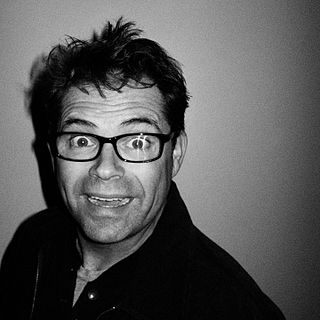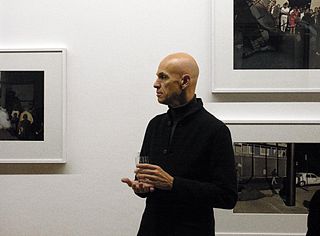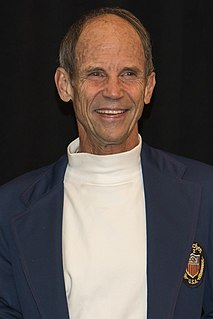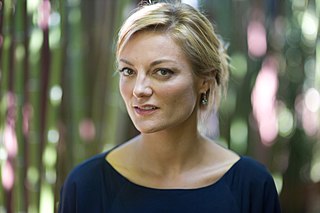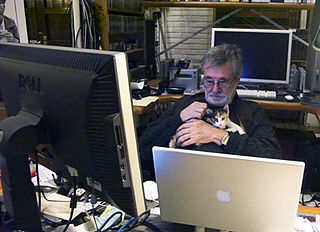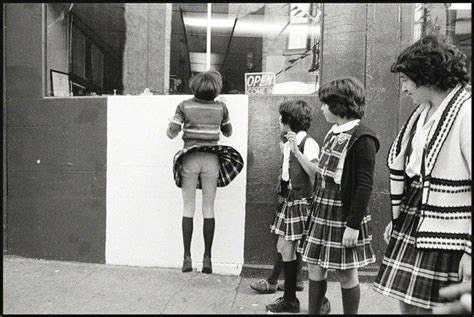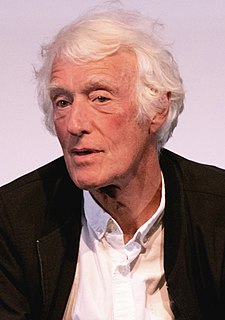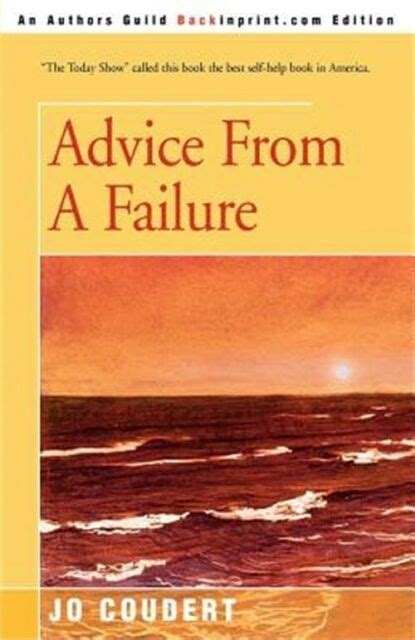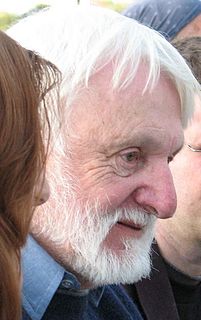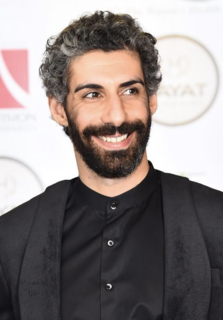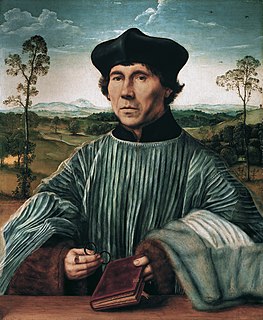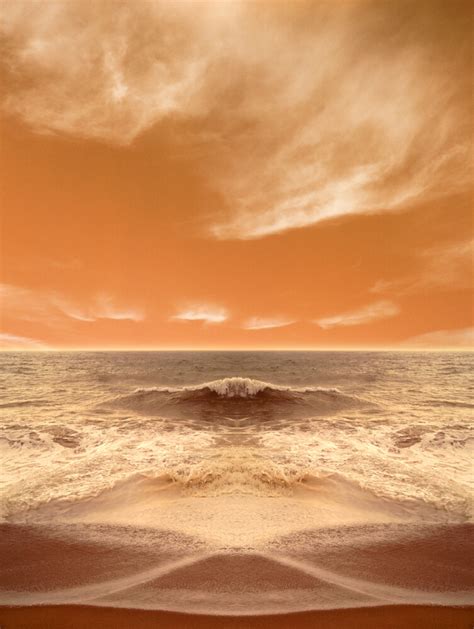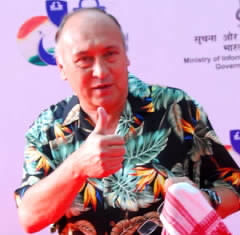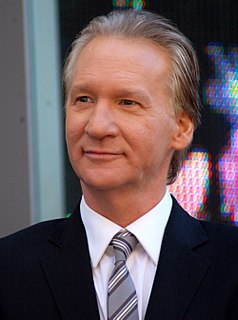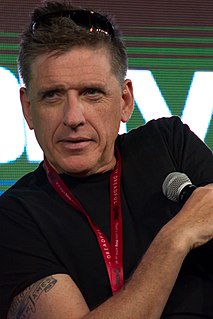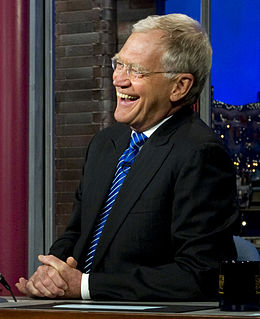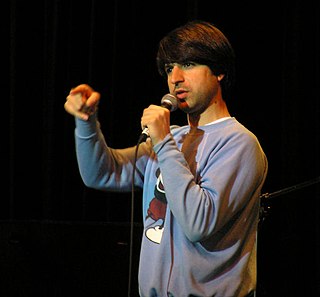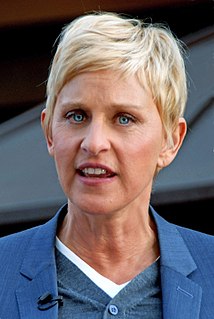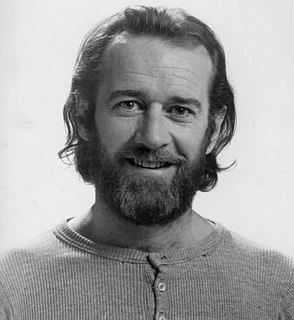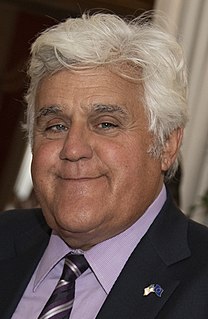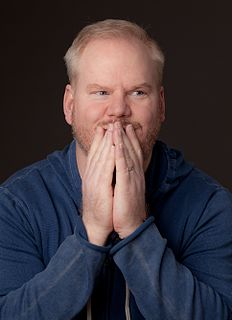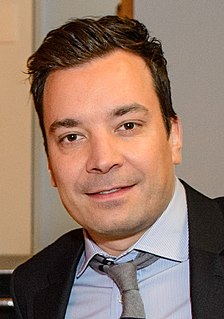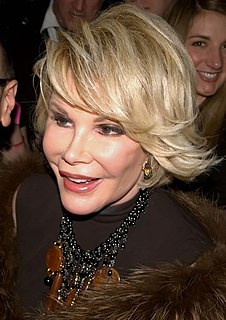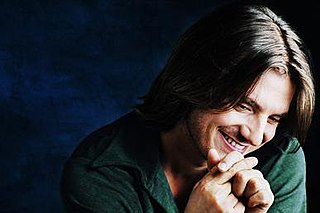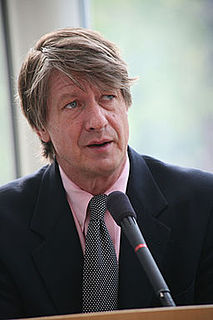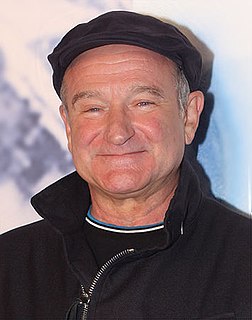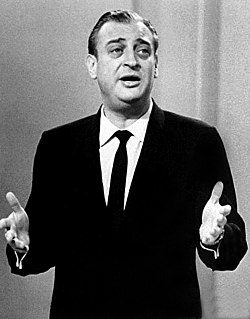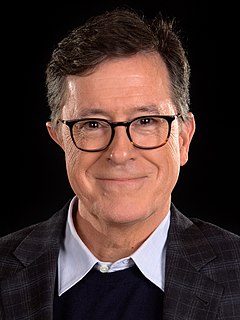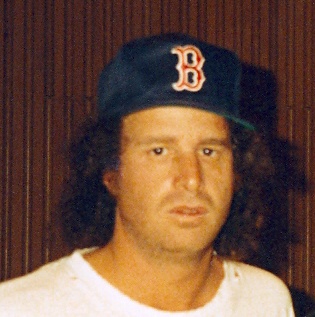A Quote by Dana Gould
I just staunchly bought one frame during a two-for-one frame sale and barely left the store alive.
Related Quotes
Photography has always been capable of manipulation. Even more subtle and more invidious is the fact that any time you put a frame to the world, it's an interpretation. I could get my camera and point it at two people and not point it at the homeless third person to the right of the frame, or not include the murder that's going on to the left of the frame. You take 35 degrees out of 360 degrees and call it a photo. There's an infinite number of ways you can do this: photographs have always been authored.
I think about photographs as being full, or empty. You picture something in a frame and it's got lots of accounting going on in it-stones and buildings and trees and air - but that's not what fills up a frame. You fill up the frame with feelings, energy, discovery, and risk, and leave room enough for someone else to get in there.
Why is nobody questioning the sanity or suicidal tendencies of Everest ascenders? It's kind of a question of framing: How do you frame these activities? We frame them as freedom-loving, exciting, progressing sports and they are. But there are other ways to frame it. It's also true that these young men, neurologists say that their frontal lobes aren't developed yet - the long-term planning part of the brain.
In a car you're always in a compartment, and because you're used to it you don't realize that through that car window everything you see is just more TV. You're a passive observer and it is all moving by you boringly in a frame. On a cycle the frame is gone. You're completely in contact with it all. You're in the scene, not just watching it anymore, and the sense of presence is overwhelming.
